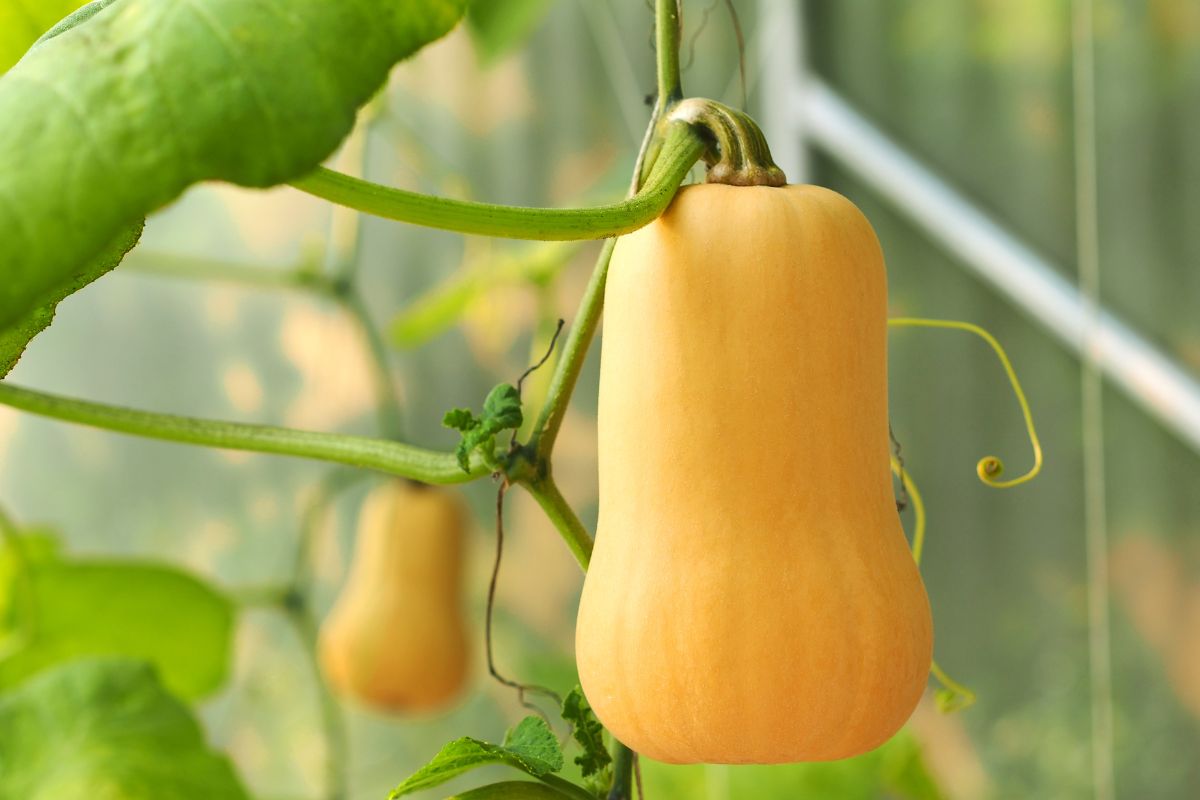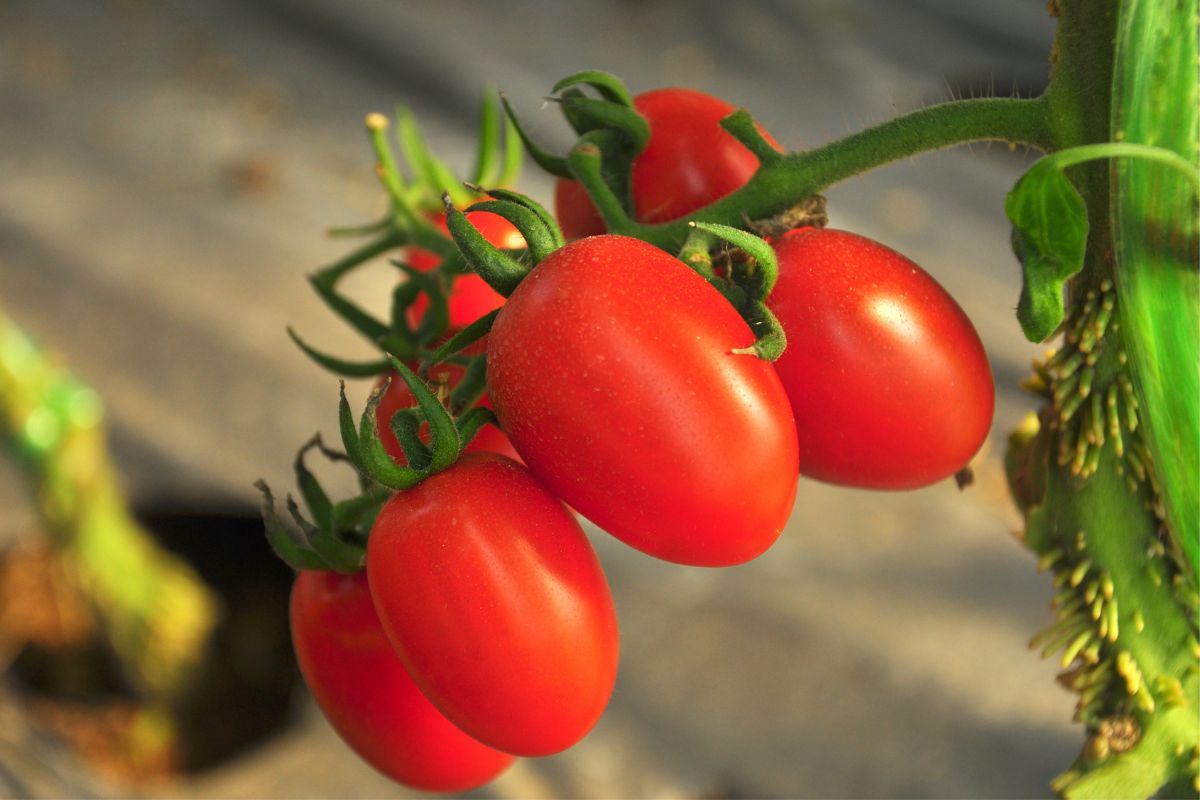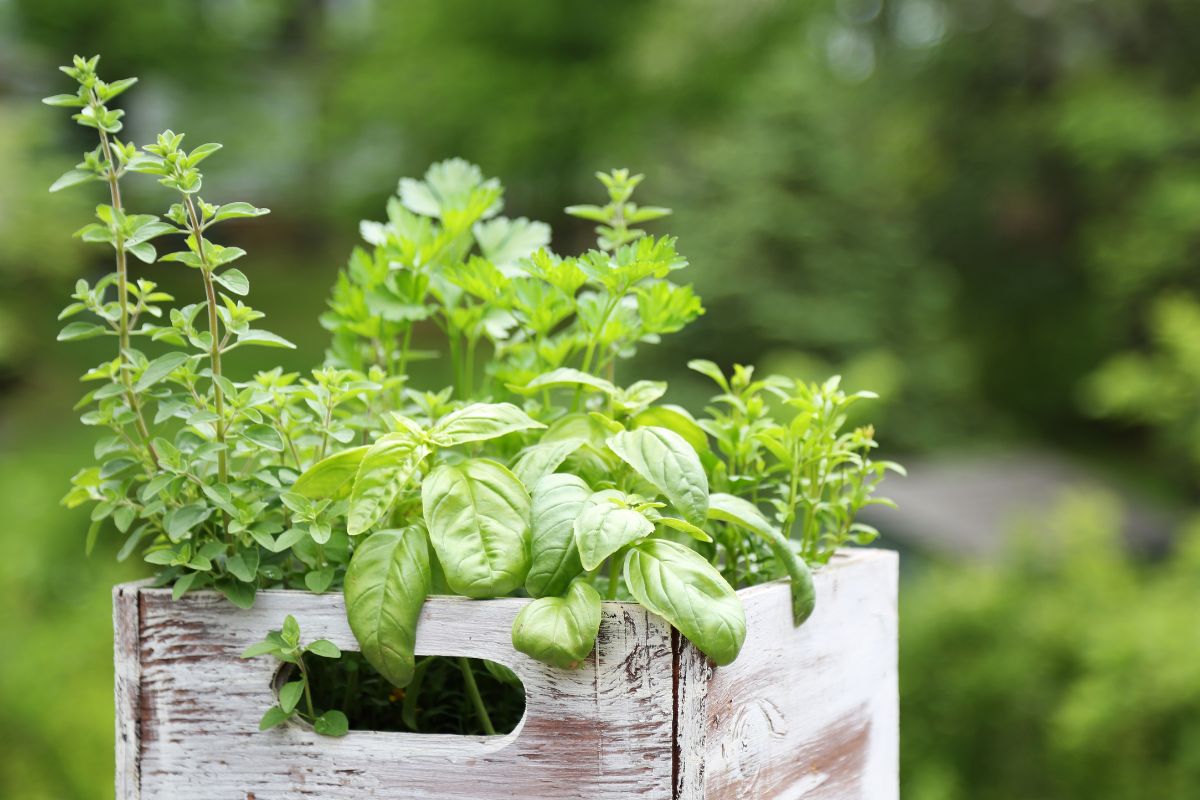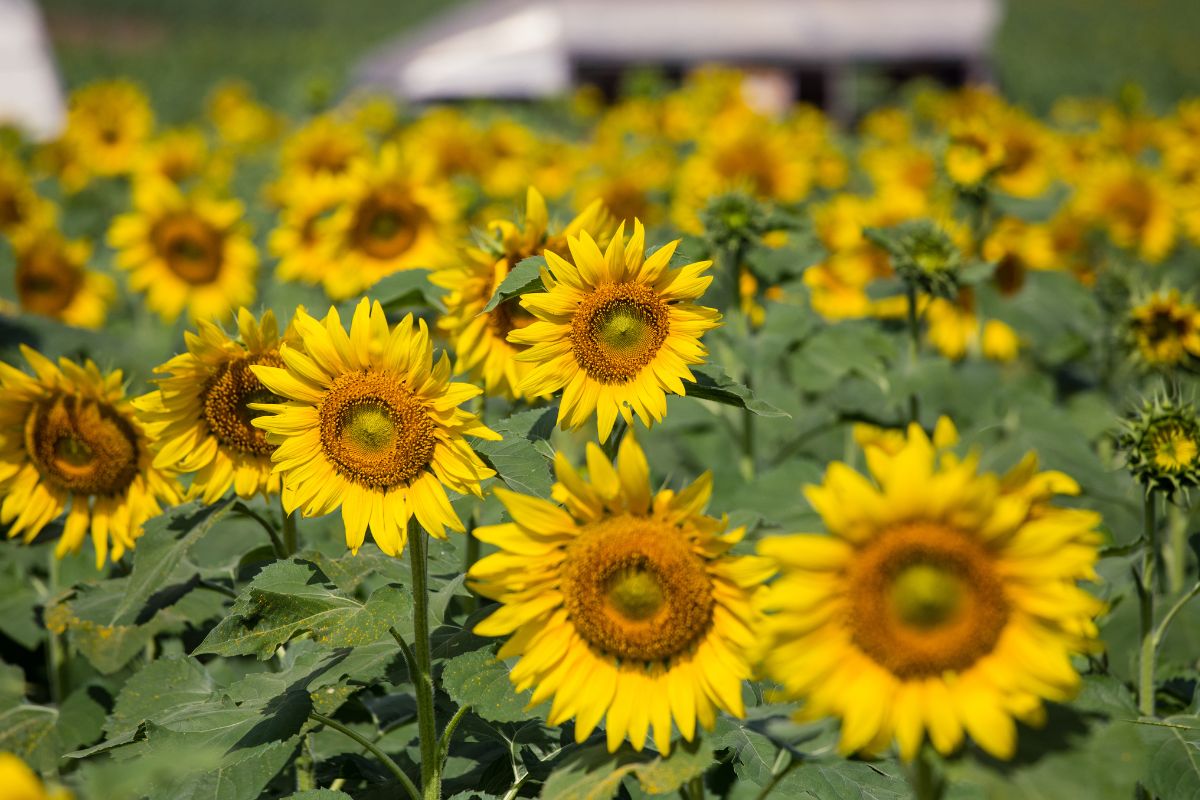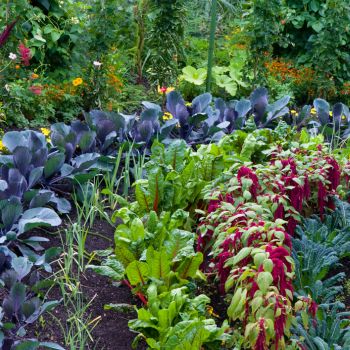Spring is all about setting up the garden for a continuous supply of vegetables, herbs and flowers through the warm months of the year. Whether you're growing flowers for pollinators or vegetables for the table, it's a good idea to choose a mix of quick-cropping annuals and some slower growing varieties to extend your harvest (think melons, pumpkins and sweet potato, or perennial flowers).
Gardeners in eastern states should be planning for a third summer of La Niña, with higher rainfall and lower average temperatures expected. Be on the lookout for fungal diseases such as root rot and powdery mildew, and try to avoid digging wet soil. Growing in raised beds or containers and spacing plants further apart than usual are good strategies to adopt.
Wherever you live, we're sure you're on your way to a successful and enjoyable summer in the garden.
Read on below or click the following links to browse a range of seeds to sow now in your climate:
▩ Cold Climate: Tasmania, Melbourne, Mt Gambier, Canberra, etc.
▩ Moderate Climate: Sydney, Perth, Adelaide, etc.
▩ Warm Climate: Brisbane, Bundaberg, Carnarvon, etc.
▩ Tropical Climate: Broome, Darwin, Cairns, Townsville, etc.
Not sure which climate? Click here.
Vegetables
October presents the last chance to sow warm season vegetables so they're established and ready to produce in summer (yes, even in areas where spring has been a bit slow to arrive!). Choose vegetable seeds with summer salads, stir fries and preserving in mind.
- Cucurbits: bitter melon, cucumber, gourd, summer squash, pumpkin, rockmelon, watermelon, winter squash, zucchini.
- Nightshades: capsicum, tomato, eggplant, chilli.
- Leafy greens: Chinese cabbage, celtuce, cress, endive, lettuce, garland, mizuna, mustard greens, rocket, silverbeet, sorrel.
- Other vegetables: asparagus, artichoke, bean, beetroot, burdock, Cape gooseberry, carrot, celery, corn, cossack pineapple, okra, radish, rosella, sweet potato.
Herbs
Virtually all warm-season herbs can be sown in October. Many herbs can do double duty as companion plants, their flowers attracting bees, bugs and butterflies. Plant them along the border of vegetable gardens, in pots or between ornamental plants to provide fragrance and nectar in the garden as well as flavour in the kitchen.
Flowers
Continue sowing warm-season annuals as companions in the vegetable garden, for cut flowers through summer or just to provide colour during the warmer months. While spring has been slow to get going in southern states, gardeners in tropical and subtropical climate zones have a brief window to grow and harvest flowers before the heat and humidity of summer starts to affect blooms.
- Amaranth, aster, balloon flower, brachyscome, calendula, californian poppy, carnation, celosia, chrysanthemum, cosmos, dahlia (tubers or seeds), four 'o' clocks, impatiens, lavender, Livingstone daisy, nasturtium, nigella, marigold, petunia, phlox, statice, sunflower.
- Cold climates only: cornflower, everlasting daisy, gypsophila, paper daisy, snapdragon, verbena, larkspur.
